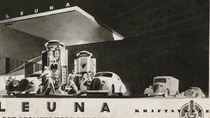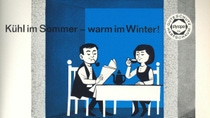Who we are
Environmentally Friendly Solutions – Resource Conservation With BASF Products
Replacing natural products with synthetic products, as a form of resource conservation, has a long tradition at BASF. However, BASF also produces products that help to protect the climate and environment and has done so for quite a long time.
Just think of synthetic dyes or synthetic ammonia for nitrogen fertilizers, or synthetic rubber and synthetic fuel – all innovations of BASF and all replacements for scarce natural products.
Resource conservation also takes the form of products that help to preserve the environment and climate. Kaurit is a very early example. Since 1931, the BASF glue has allowed for the more efficient use of the raw material wood, by making it possible to produce particle boards from wood chips. Styropor is another classic. As an insulating material, it has helped save energy since 1951.
These are the early beginnings of BASF’s development of a range of climate protection products, which today, for example, improve energy efficiency and the thermal management of buildings, reduce exhaust emissions from engines, and make detergents more environmentally friendly.
But not only BASF’s products contribute to the conservation of resources. The basic idea for founding the company already incorporates this approach. From the concentration of successive stages of production – from raw and auxiliary materials through preliminary and intermediate products to dyes – at only one location, a network of production facilities soon develops; they are interconnected through their flow of energy and products. This is the origin of BASF’s Verbund principle that remains influential today. It ensures the efficient use of resources.





